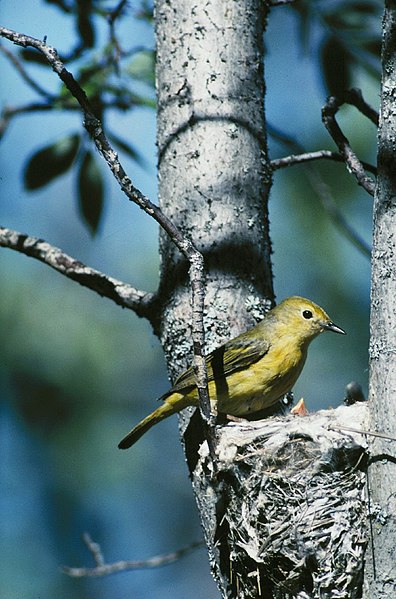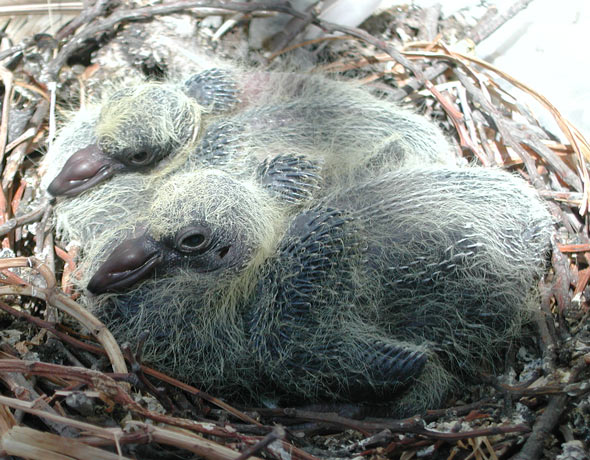The Canary (Serinus canaria) is the world’s most popularly-kept song bird. However, certain basic questions still commonly arise, especially as spring approaches and Canaries begin to show breeding behavior. Unfortunately, both sound and unsound information has made its way onto the internet. Today I’ll cover some questions that usually come up as winter ends and avian fancies turn to reproduction.
Why won’t my male Canary sing?
Males that are not in the peak of good health will usually forgo singing. A singing male is advertising his vigor, suitability as a mate and ability to defend his territory – instinct will compel a sick male remain silent.
Males that are molting rarely sing. As with all birds, molting individuals cannot fly as well as usual, and are using energy and calories to grow new feathers…it is not in their best interest to attract the attention of predators or competing males. Read More »
 That Bird Blog – Bird Care and History for Pet Birds
That Bird Blog – Bird Care and History for Pet Birds


